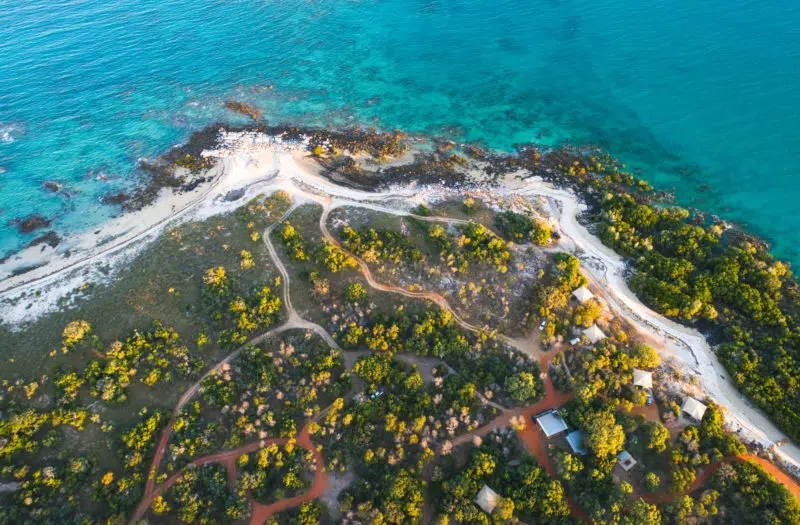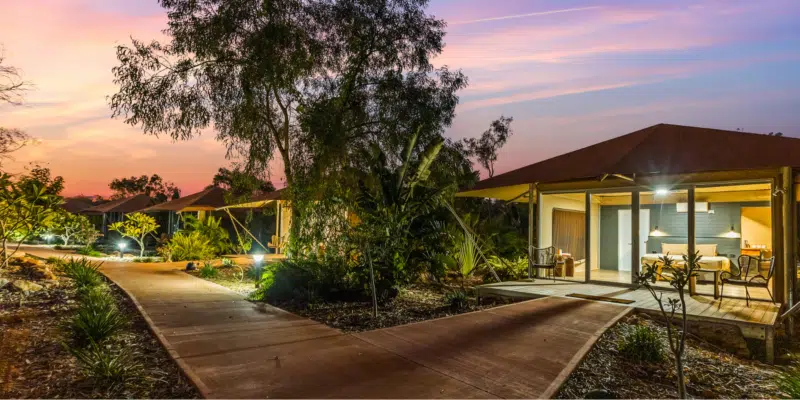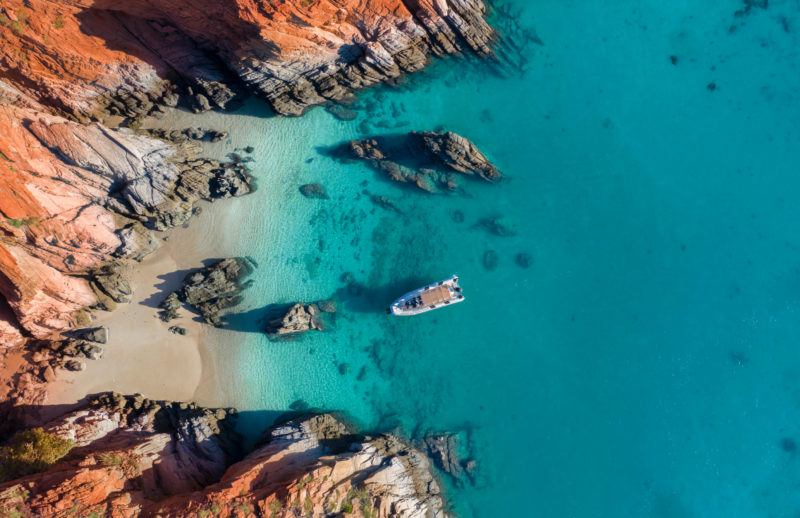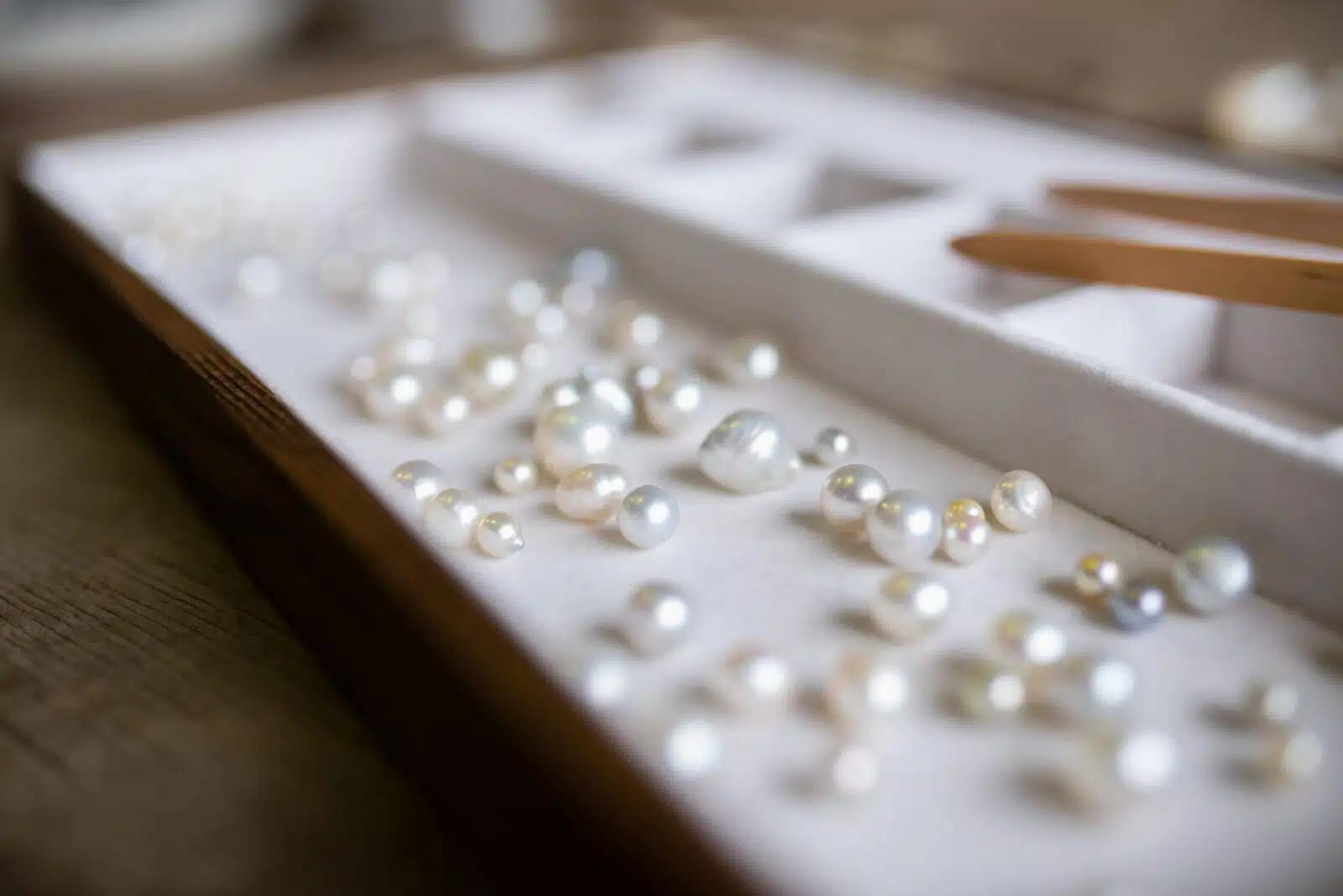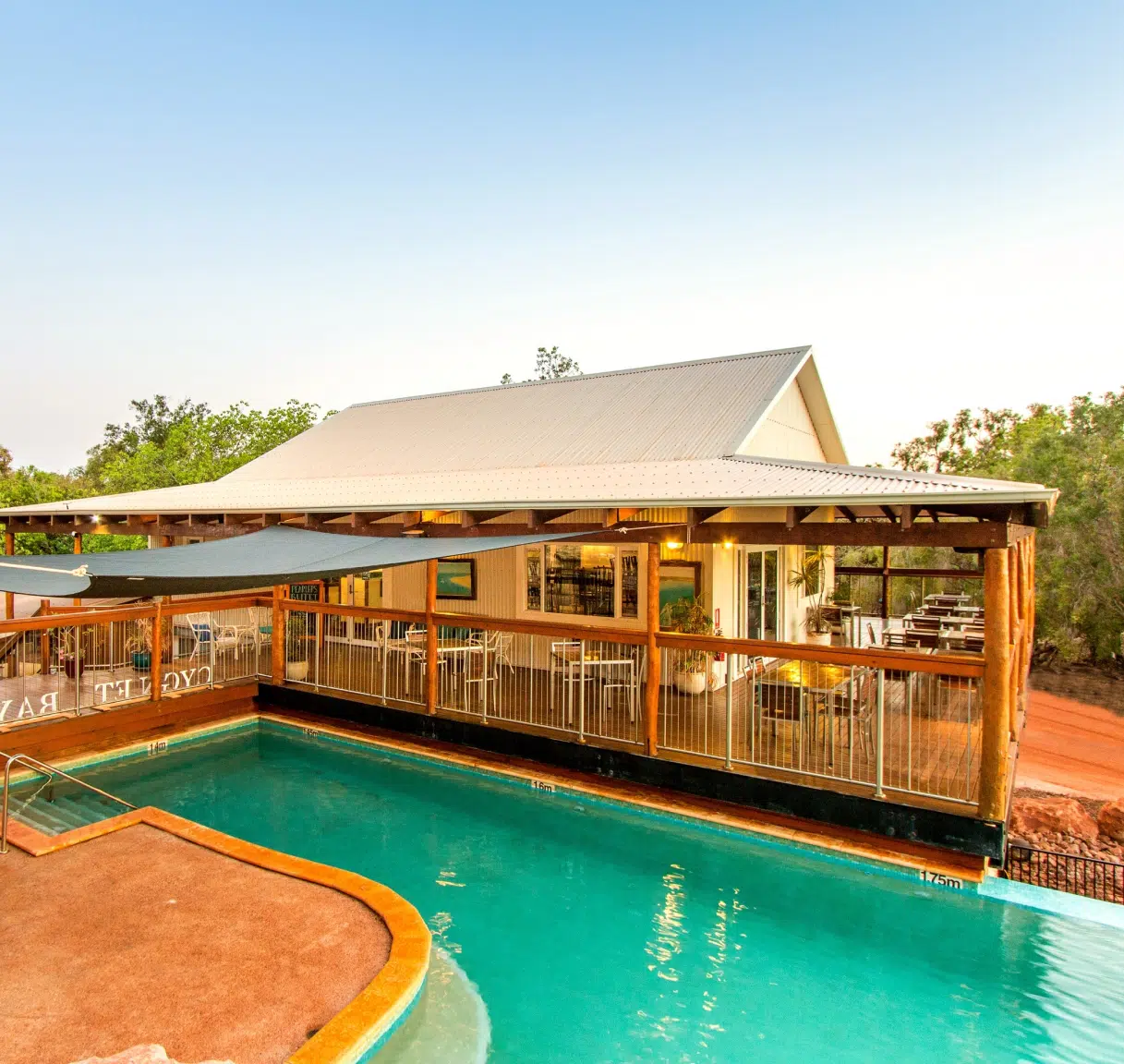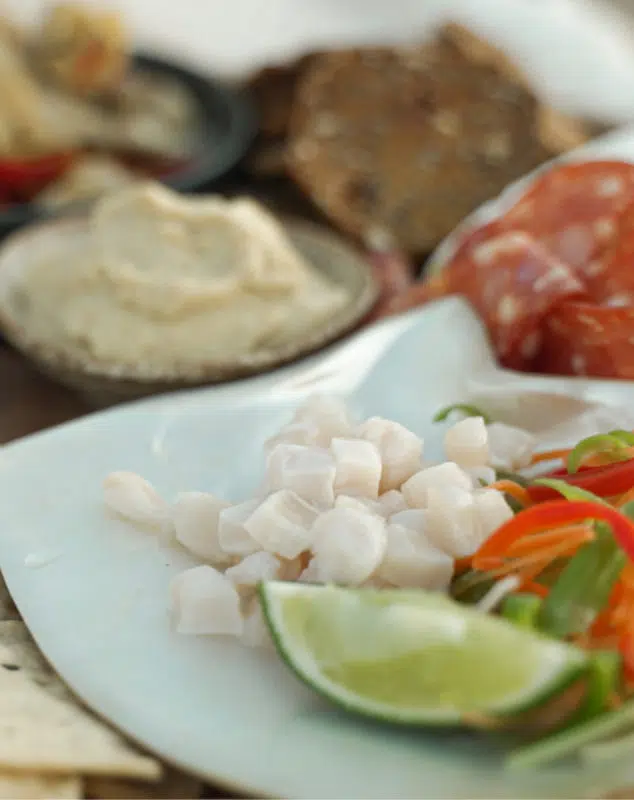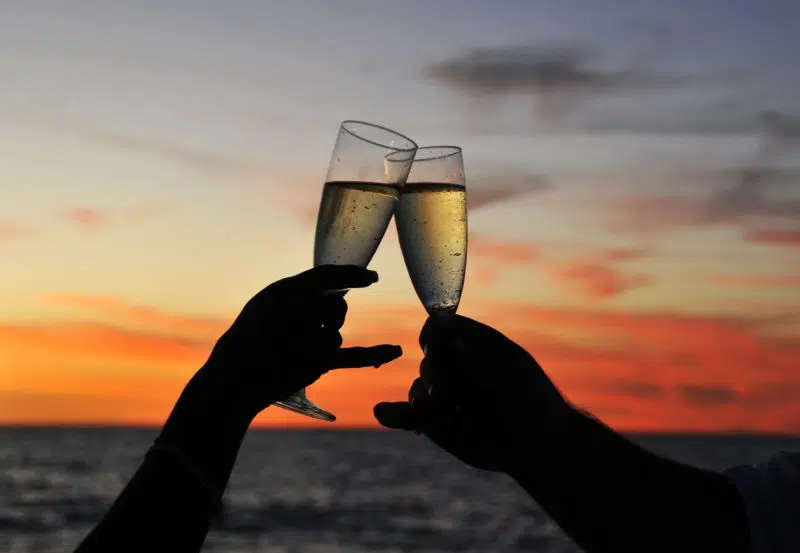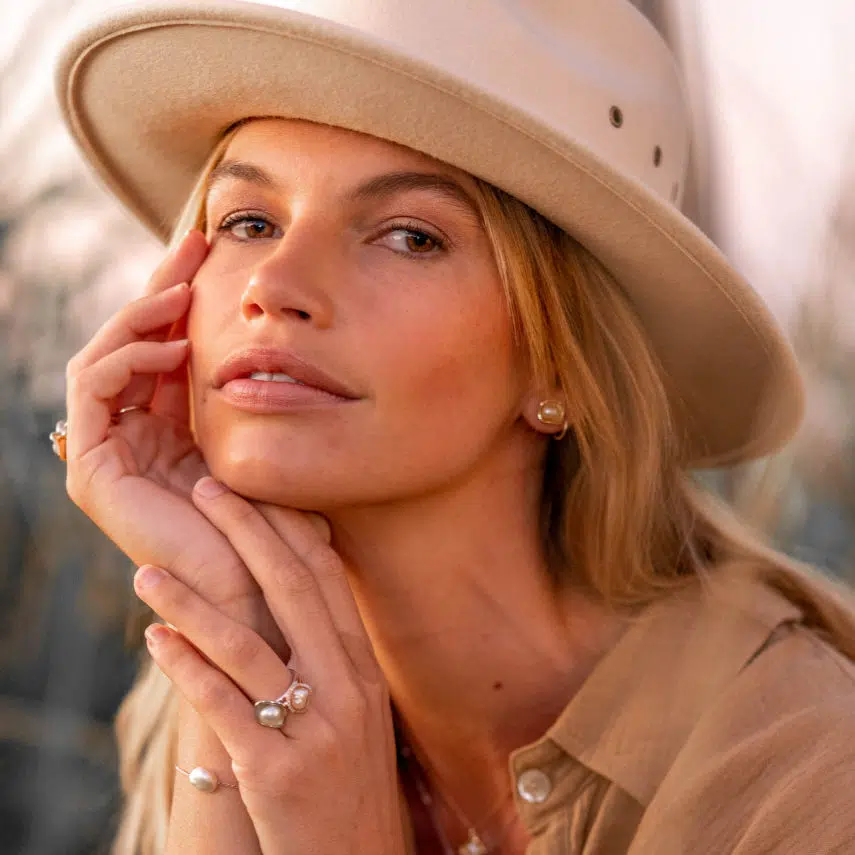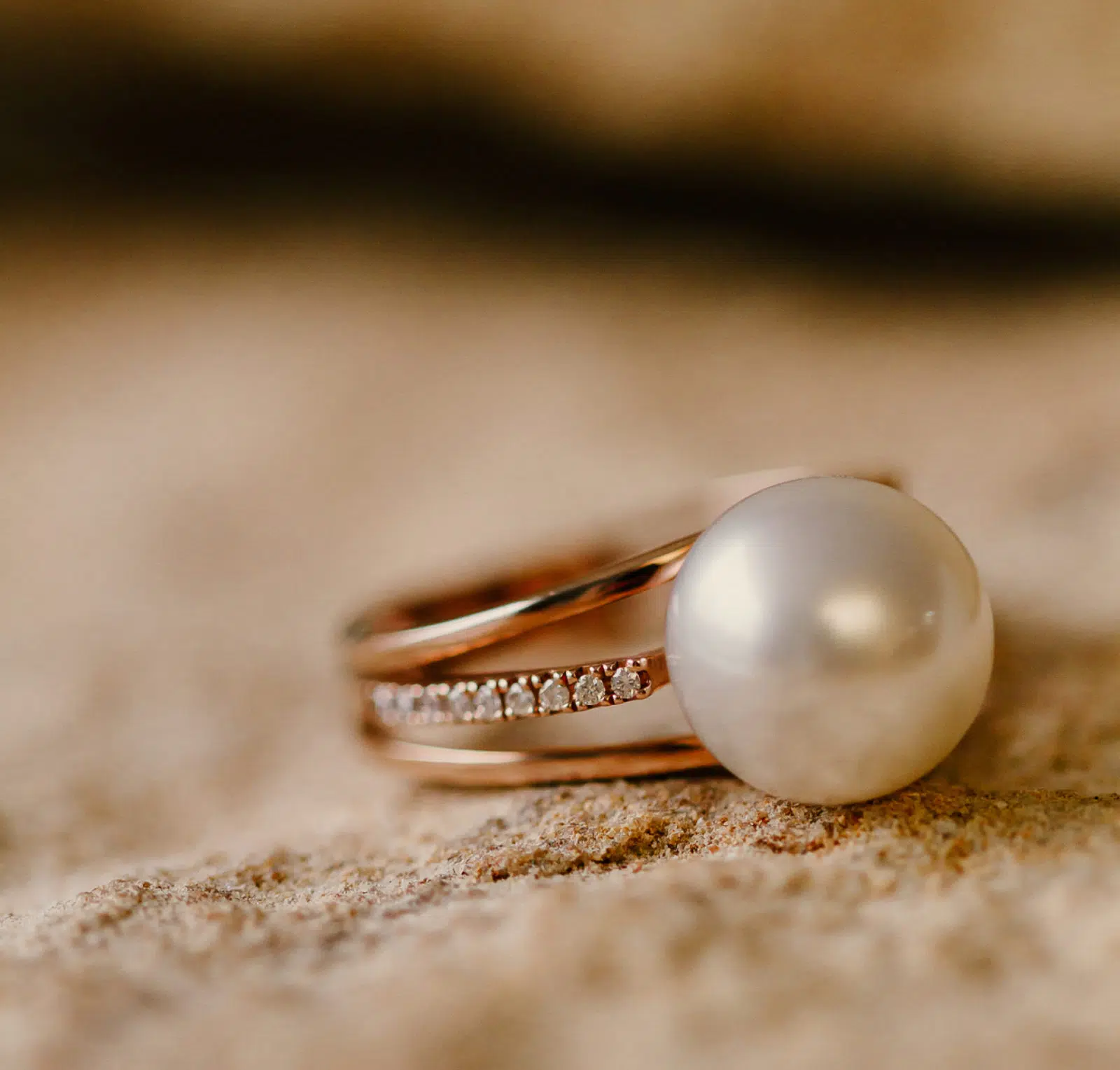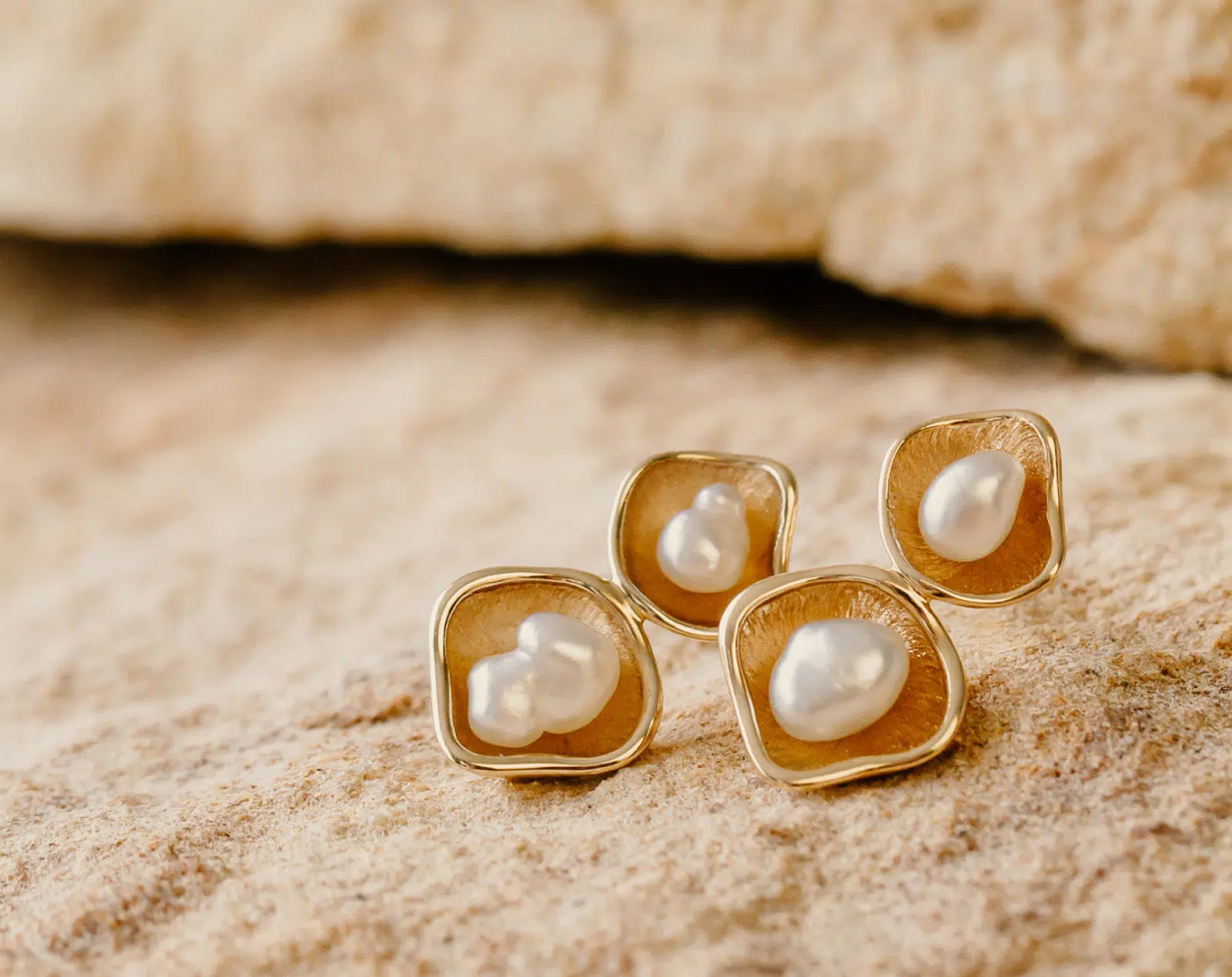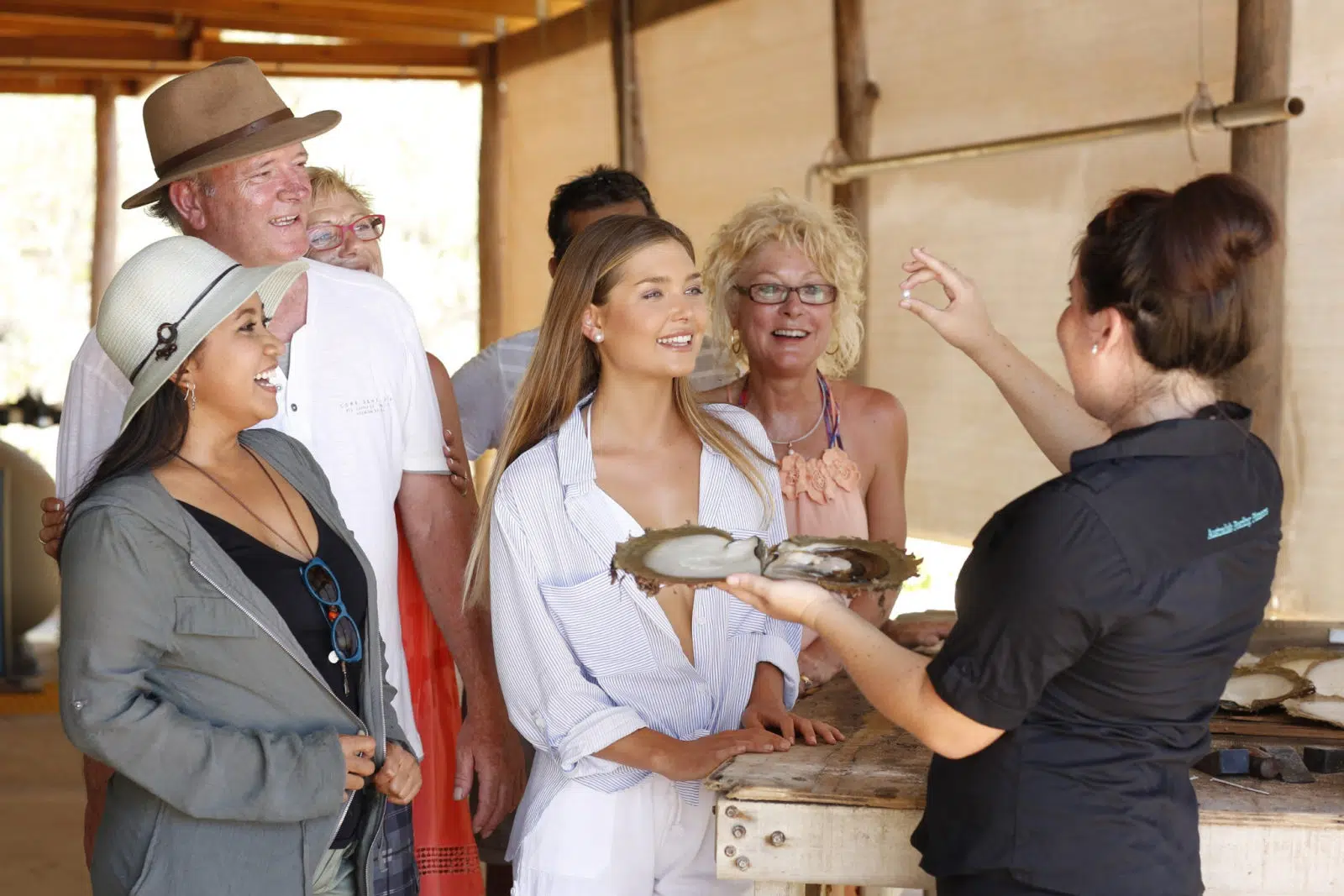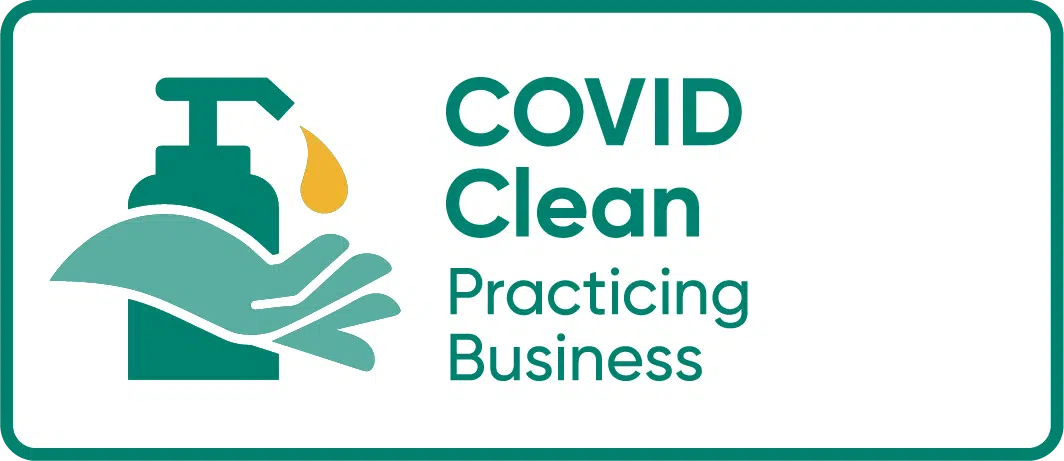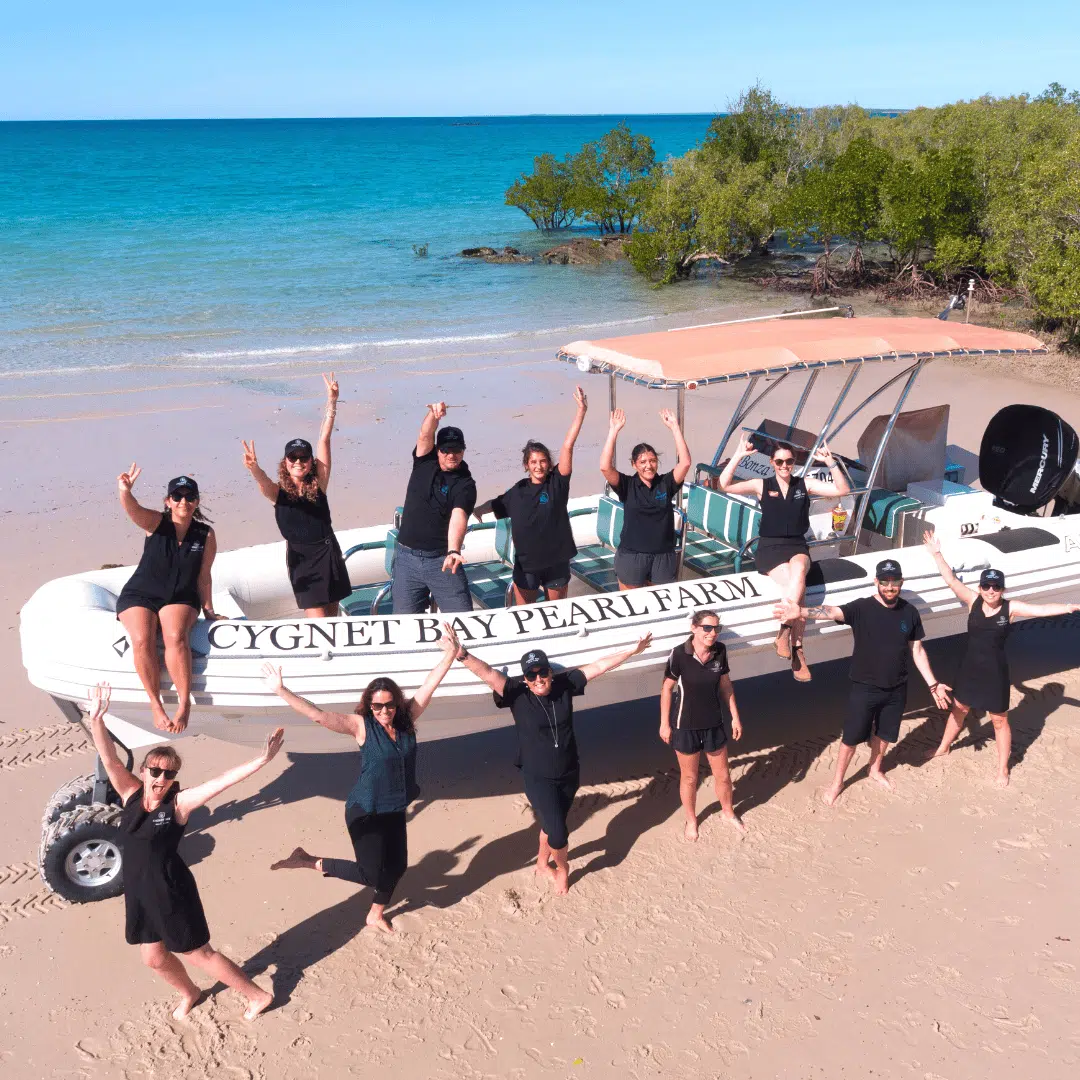Everything you need to know about South Sea Pearls
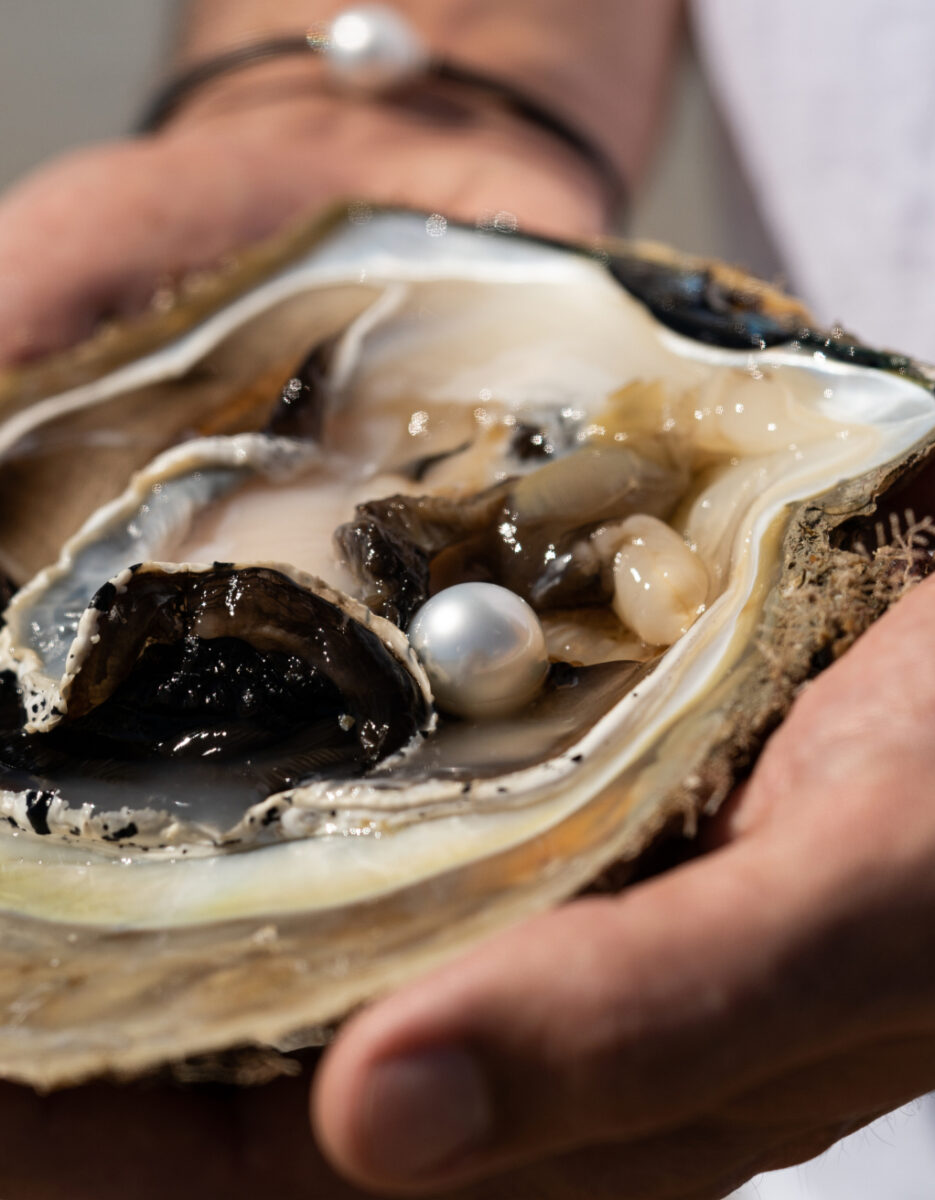
At Pearls of Australia, we farm two varieties of saltwater pearls from two species of Australian shells – the Pinctada maxima and the Pinctada fucata.
The Pinctada maxima produces the famous and highly revered South Sea pearls. South Sea pearls are known for their size and lustre and are universally considered the most sought-after pearls.
Our world class South Sea pearls each take an average of four years to grow, making them approximately 1000 times rarer than diamonds.
In this article, we take a deep dive into the world of South Sea pearls and learn more about what they are and why they are so valuable.
Where are South Sea pearls found?
South Sea pearls are a type of saltwater pearl and are considered the rarest of all types of pearls. They come from the Pinctada maxima shell, where the name “South Sea” originates from the location of the shell, as these shells are found in the southern hemisphere – particularly around northern Australia, Indonesia, the Philippines, Burma and French Polynesia.
Our South Sea pearls are sustainably cultivated in the pristine and remote waters of our Cygnet Bay Pearl Farm, located on the Kimberley Coast, WA.
How are South Sea pearls formed?
The Pinctada maxima shell that produces South Sea pearls must reach 3-4 years of age before it can be seeded to produce a pearl, and each shell usually only produces a single pearl.
South Sea pearls are formed when a bead is harvested from a clam shell and a small piece of mantle tissue from a donor shell is carefully placed inside a South Sea pearl shell. This process is called “seeding” and is a surgical procedure that is carried out by an experienced technician.
The small round bead becomes the nucleus of the pearl, and the pearl shell will coat the bead with pearly nacre, a substance secreted by the shell to protect itself. Over time this nacre builds up to form a pearl. Each South Sea pearl takes approximately 2-3 years to grow.
What size are South Sea pearls?
Pinctada maxima is the largest of all pearl-producing molluscs and this is considered the key component as to why South Sea pearls are commonly larger than other pearls.
Most South Sea pearls measure between eight and twenty-two millimetres in diameter yet incredibly our Cygnet Bay Pearl farm broke this record and harvested a pearl measuring at 22.24mm in diameter in 2004! This mammoth pearl is believed to be the world’s largest, fine quality round pearl and you can view this pearl at our Broome Showroom.
How expensive are South Sea pearls?
As with all types of pearls, South Sea pearls have a variety of price points. Price points depend on how rare the combination of size, shape, skin quality, lustre and colour saturation are for each pearl.
South Sea pearls are the largest and rarest pearls you can find. Furthermore, it takes thousands of pearl shells to produce just a handful of fine quality pearls. Matching South Sea pearls in colour, size, quality, lustre is an extensive process that our dedicated team take pride in.
Due to the exceptional quality of these pearls, their scarcity and size, South Sea pearls command a higher value than most other types of pearls.
What colours do South Sea pearls come in?
While most people think of white pearls when they think of pearls, there are many variations of pearl colours influenced by varying factors. These factors include the colour of the shell’s lip, the geographical location of the shell, and the nacre.
The colour of South Sea pearls can vary from shell to shell with some geographical variation such as more gold lipped shells found in the Philippines, and the silver white lipped shell typical in northern Australia.
Nacre is a transparent substance secreted by the shell and plays a central role in the formation of the pearl. The thicker the nacre, the richer the pearl’s colour, and the more iridescent the pearl is.
South Sea pearls come in a variety of five hues. These varieties include: White silver, white rose, blue white, light cream, and medium cream/champagne.
The colour of the pearl is only one component of the grading system used to determine the quality of the pearl. The highest grades for colour are given to pearls with complete colour coverage and little differentiation in hue.
Do South Sea pearls have more lustre than other pearls?
The lustre of a pearl is one of the most important and defining factors in determining its quality. Lustre is used when grading a South Sea pearl and is defined as the amount of light that is reflected from the surface of a material, and the higher the lustre, the more light is reflected, and the more brilliant the pearl appears.
Lustre is important when selecting a pearl as it creates a great difference in the appearance of the pearl. For example, pearls with a high lustre will have brighter and sharper reflections than pearls with a low lustre. This means that high lustre pearls will often look more vibrant and beautiful.
South Sea pearls are cultured for a minimum of 2 years, and as a result can have incredible lustre, but it will always depend on the quality of the environment of which it grew, the health of the shell, and how carefully it has been handled over its 2 year grow-out on the farm.
What shapes do South Sea pearls come in?
While a perfectly round pearl shape is quintessential in the identity of the pearl, there is an incredibly unique and beautiful range of shapes out there for pearl lovers to consider.
South Sea pearls come in a wide variety of shapes and sizes, and a pearls shape is one of the major valuation factors to consider when grading pearls.
Only 10-30% of pearls from each harvest result in a spherical or near-spherically shaped pearl. Spherical pearls are referred to as round or true round pearls, whereas near-spherical pearls are called near semi-round or off-round pearls.
Round pearls are the rarest and most valuable of all pearl shapes, as they account for less than 10% of each yearly pearl harvest and considered the most desirable by pearl experts.
Semi-round pearls do appear completely spherical to the untrained eye, but upon closer inspection do have slight irregularities in shape.
Symmetric pearls include button and drop pearls:
- Button pearls typically feature a flattened to slightly curved bottom with a dome top. These pearls are excellent for wearing as pearl earrings as the flat bottoms sit comfortably on the ear lobe.
- Drop pearls are described as smooth, symmetrically shaped that range from romantic tear-drop shapes to ovals. They are the second rarest pearl shape and account for approximately 20% of each pearl harvest.
The rest of the harvest would be considered as baroque, or non-round pearls. These are also highly regarded for their unique and organic shapes. Baroque pearls are the most common pearl shape and represent up to 40% of each pearl harvest. Specific shapes vary widely and can include a multitude of features and growth characteristics such as knobs, tips, circles, etc.
Within the baroque category lies two types of pearls, circled baroque and free form baroque pearls.
- Circled baroque pearls are characterized by their trademark concentric rings running around the circumference of the pearl.
- Free form baroque pearls are highly asymmetrically shaped pearls that are incredibly unique.
How to style your South pearls?
Pearl jewellery is a timeless and classic accessory, and we think that it’s fair to say that they’ve solidified themselves as a staple in any wardrobe.
Pearl Strands
There is nothing more elegant and timeless than a pearl strand necklace. You can opt for a more vintage look with a strand of large pearls, or a more contemporary and delicate look with smaller strand of pearls. Further embrace the classic and enduring elegance of pearl jewellery by pairing a timeless strand of pearls with a matching set of pearl stud earrings.
Pearl Pendants
If a strand of pearls is too dramatic for you, then why not opt for a pearl pendant? Pearls look amazing when paired with either silver or gold tones, and a pendant necklace is a versatile and stylish piece that can be worn layered with other pearl necklaces or alone.
Pearl Earrings
Pearl earrings suit any occasion. Go for a more traditional look with pearl studs, or for a more dramatic look wearing a pair of drop pearl earrings creates an elegant look. For your special occasions, a pair of pearl earrings accentuated with glittering diamonds is the perfect statement piece.
Pearl Rings
When it comes to pearl rings, you can either opt for an elegant solitaire design, or a more elaborate vintage ring, or pearl ring accented with sparking diamonds. Pearl rings elevate any look, and there’s a ring for any and every occasion.
Pearl Bracelets
A pearl bracelet is the perfect opportunity to experiment with charms, chains and designs. Even layering a pearl strand bracelet with a chain bracelet creates an elegant statement.
At Pearls of Australia, we offer a wide variety of South Sea Pearls to suit any style and occasion. Browse our collection of South Sea Pearls today or book an online or in-person consultation with one of our incredible Pearls of Australia team members.
How should you care for and clean your South Sea Pearls?
Although made from high quality materials, our Pearls of Australia jewellery are delicate by nature. Here are some tips to care for your pearls:
Avoid spraying perfume, hairspray, make-up or other chemicals on your pearl jewellery.
Wash your pearls in fresh water and pay fry with a soft cloth. You don’t need to use any soap or detergents. Prolonged exposure to saltwater can affect your pearl’s shine.
Our gift boxes are not suitable for long term storage. Humidity and other factors can cause jewellery to tarnish over time.
Store your pearls separate from other jewellery or abrasive surfaces to avoid scratching.
Wear your pearls, they will soak up your skin’s natural oils and stay shiny for years to come.
For more details on how to care for your jewellery visit our Product Care page.
